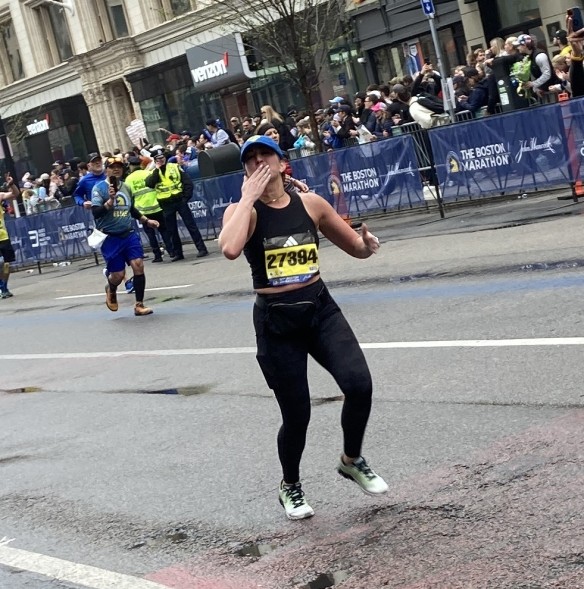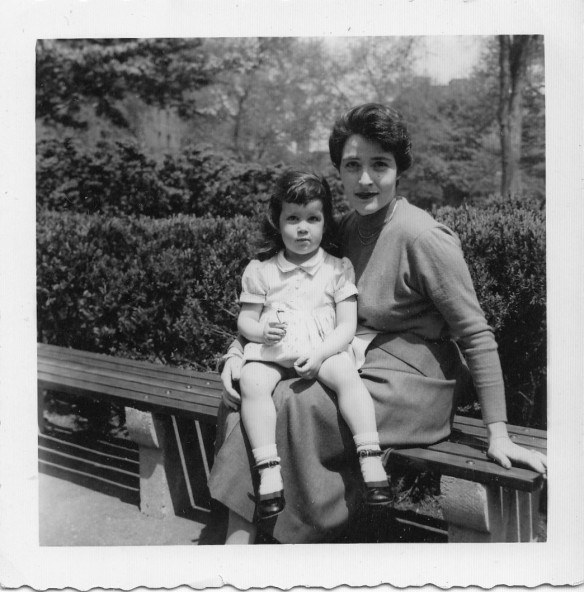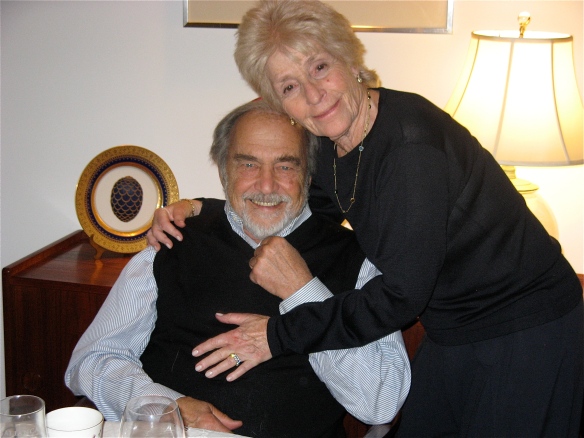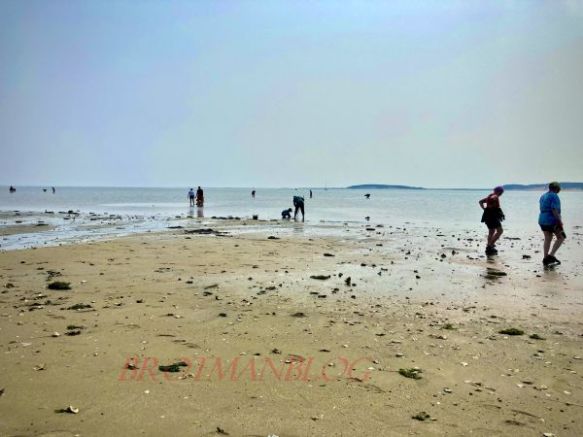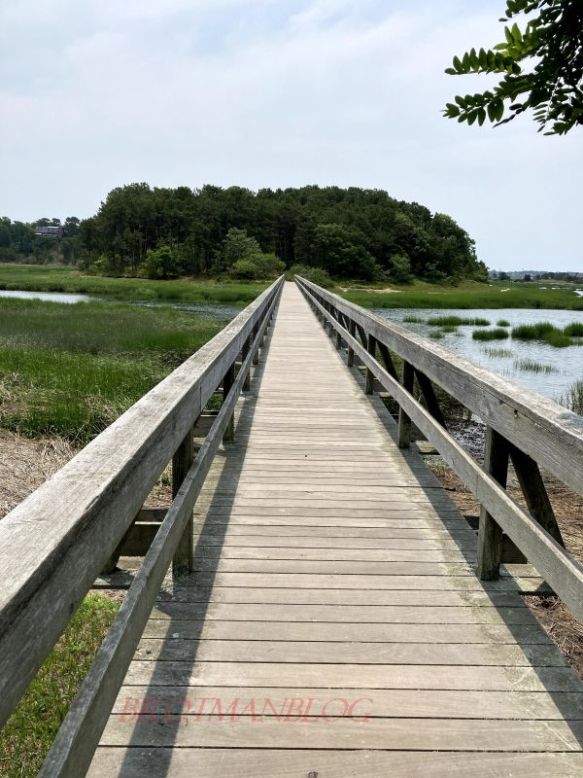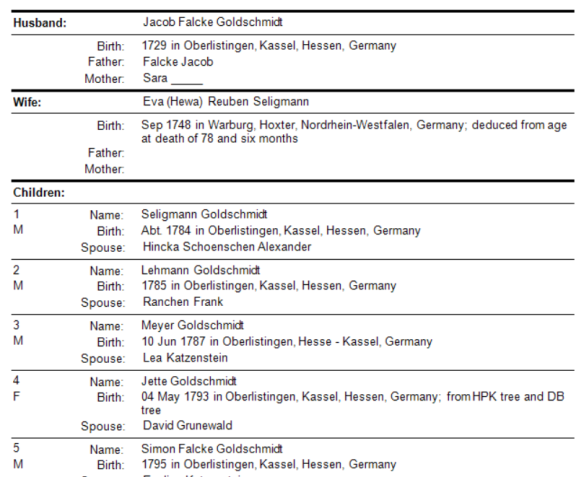When World War II ended, the children of Joe and Betty (Amer) Goldfarb were young adults. Marvin was 22, Francine was 20, and Selma was seventeen. Although these photos aren’t dated, I believe they were probably taken around this time.

Francine, Marvin, and Selma Goldfarb 1940s Courtesy of Alyce Shapiro Kunstadt

Francine, Joe, and Selma Goldfarb 1940s Courtesy of Alyce Shapiro Kunstadt

Marvin and Francine Goldfarb 1940s Courtesy of Alyce Shapiro Kunstadt

Joseph and Betty (Amer) Goldfarb. Courtesy of Alyce Shapiro Kunstadt
Francine was the first of the siblings to marry. On September 15, 1946, she married Irving Shapiro in Brooklyn. Irving was born in Brooklyn on October 2, 1917, to Sam Shapiro and Fanny Lipschitz, both of whom were immigrants from Russia. Sam was a furniture upholsterer.

Wedding invitation for Francine Goldfarb and Irving Shapiro Courtesy of Alyce Shapiro Kunstadt
Irving served overseas in France and Germany during World War II and met Francine at a club in 1945 after returning from the war. Irving worked for American Razor Company while also doing furniture upholstery and later worked for E.J. Korvettes, the one-time department store. They had two children, Stewart and Alyce, the cousin who has so generously shared so many family photographs, including these of her parents Francine and Irving and of her brother and herself.
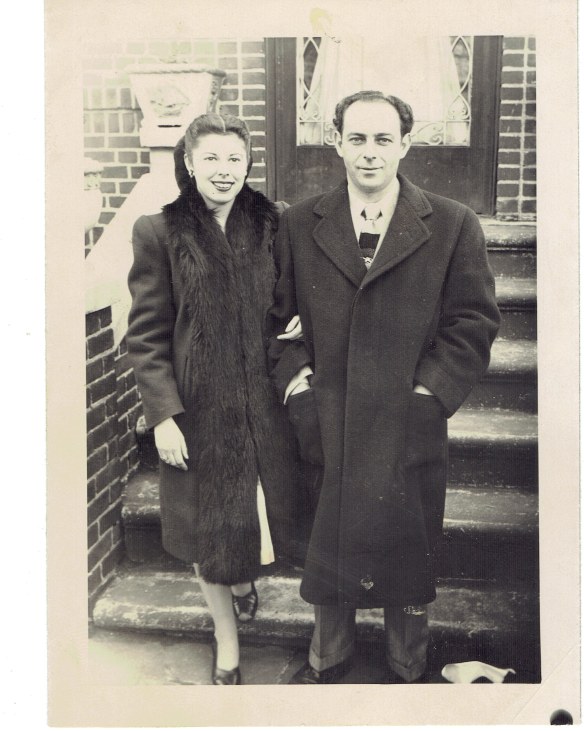
Francine Goldfarb and Irving Shapiro. Courtesy of Alyce Shapiro Kunstadt

Stewart Shapiro 1949 Courtesy of Alyce Shapiro Kunstadt

Alyce Shapiro c. 1954 Courtesy of Alyce herself

Betty Amer, Alyce Shapiro, Irving Shapiro, Francine Goldfarb, and Joe Goldfarb c. 1950s Courtesy of Alyce Shapiro Kunstadt
Selma married next. She married Seymour (“Chippy’) Wolotsky (later changed to Wahl) in November, 1948. Seymour was born in New York on April 13, 1923, to Isidore Wolotsky and Ida Yellin; his father was from Russia, his mother from Poland. Seymour grew up in Brooklyn and was a musician; his World War II draft registration indicates that in 1942 he was employed by Juilliard, the highly prestigious music and performing arts school in New York.

Seymour Wolotsky, World War II draft registration, Ancestry.com. U.S., World War II Draft Cards Young Men, 1940-1947
Here a photo of Selma and Seymour, known better as Chippy:

Selma Goldfarb and Seymour “Chippy” Wahl. Courtesy of Alyce Shapiro Kunstadt
Alyce told me that her parents lived in the basement of Selma and Seymour’s house in Flushing for a few years before moving to East New York in Brooklyn where Alyce grew up. Seymour and Selma moved to Valley Stream, New York, and had two children. Selma and Seymour later divorced.
Marvin was the last of the siblings to marry. Alyce told me that he had been quite ill with tuberculosis for an extended time. He married Florence (“Florrie”) Glasser in February 1950. Florence, born in 1927, was the daughter of Solomon Glasser and Lillian Schwartz, both of whom immigrated from Russia. Marvin and Florence created their own wholesale jewelry design and manufacturing business; according to Alyce, Marvin’s experience in the dental lab gave him the skills to cast jewelry. Marvin and Florrie did not have children.
Here are Marvin and Florrie on their wedding day:

Florence Glasser and Marvin Goldfarb, 1950
Courtesy of Alyce Shapiro Kunstadt
Thus, by 1950 all three of Joe and Betty Goldfarb’s children were married, and Joe and Betty had one grandchild. Two more grandchildren were born in the 1950s and one in the early 1960s. Alyce, one of those grandchildren, shared a number of photographs of Joe, Betty, their children and grandchildren during those years:

Joe Goldfarb, Betty Amer, Florence Glasser, and Marvin Goldfarb, c. 1950s
Courtesy of Alyce Shapiro Kunstadt

Joe Goldfarb, Betty Amer Goldfarb, Alyce Shapiro, Francine Goldfarb Shapiro, Irving Shapiro, c. 1957 Courtesy of Alyce Shapiro Kunstadt
This photograph was taken at Stewart’s bar mitzvah in late 1960.

Seymour Wahl and son Steven, Selma Goldfarb Wahl, Joe Goldfarb, Betty Amer Goldfarb, Francine Goldfarb Shapiro, Irving Shapiro, Alyce Shapiro, Stewart Shapiro, Florence Glasser Goldfarb, Marvin Goldfarb, 1960. Courtesy of Alyce Shapiro Kunstadt
Alyce shared this sweet memory of her grandfather Joe in addition to her memories of his deliveries of many types of cookies to their home in Brooklyn:
One of my few memories of actually spending time with grandpa, he would sit on the bench outside of my building and watch me play with my friends. He would always give me nickels to go buy candy at the corner luncheonette. It’s sad I don’t remember much else, but I was young.
Joe Goldfarb died on July 8, 1962, at the age of 64. Alyce shared that he had been quite ill for some time with Hodgkins lymphoma. Her grandmother Betty survived Joe by eleven years; she died in December 1973, when she was 73.
Alyce has more memories of her grandmother since she lived that much longer, and she shared some of those with me:
After grandpa passed away, grandma Betty ended up living in the same housing project I did. She lived in a different building and I would walk to her apartment, she and would cook for me. I used to play cards with grandma Betty. She taught me how to play rummy. She also taught me how to knit although I wasn’t great at it. She knitted clothes for my Barbie dolls. Eventually she moved to Florida to be with her sisters and brother. After a while she became too ill to take of herself, so she came back the NY and shared her time living with us, Uncle Marvin, and Aunt Selma. She eventually went to a nursing home in Queens. By that time I was getting married. She was not able to attend the wedding in 1973. She was too ill. We did go see her that night after the wedding was over. She passed away later that year on December 23, 1973.
Joe Goldfarb and his wife Betty Amer were first generation Americans. They grew up with immigrant parents, helping to bridge the gap between the old world and the new. They spent almost all of their adult lives in Brooklyn. As Alyce wrote, the family was not wealthy, but they also were not poor. Joe worked hard to earn a living, spending many years as a salesman for the Sunshine Biscuit Company. He and Betty were adored by their children and grandchildren.

Joe and Betty (Amer) Goldfarb, 1960 Courtesy of their granddaughter Alyce
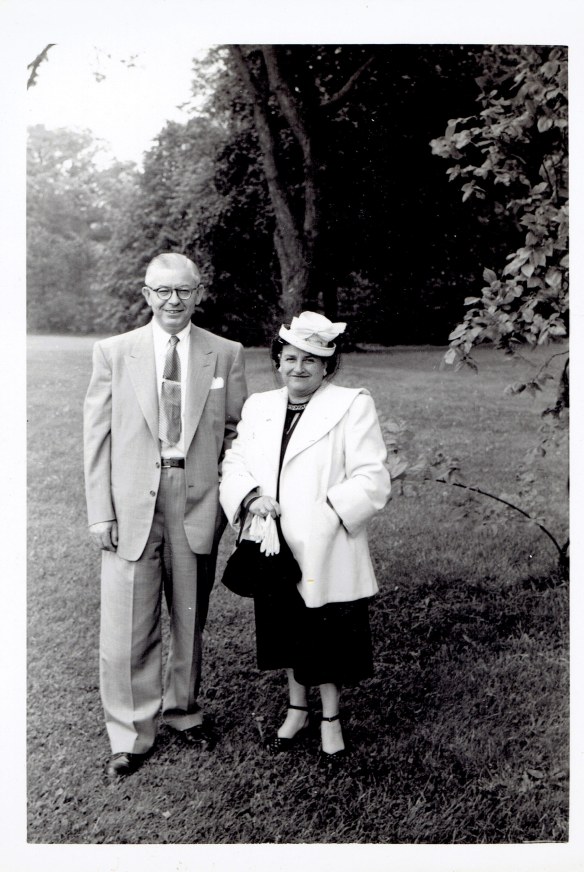
Joe and Betty (Amer) Goldfarb Courtesy of their granddaughter Alyce
They were survived by their three children and their four grandchildren. Marvin Goldfarb died on February 2, 1988, when he was 64, the same age his father had been when he passed away. His wife Florence survived him and may in fact still be living as I have no record of her death. Francine Goldfarb Shapiro died at 73 on August 28, 1998; her husband Irving died just a year later on September 18, 1999; he was 81. Selma Goldfarb Wahl outlived her older siblings; she was ninety when she died on November 3, 2018.
I am so grateful to my cousin Alyce who has shared so much with me—her photographs, her memories, and her own family history research. I feel so very blessed that she and I matched on 23andme and that we have not only found each other but that she also helped me connect with our mutual cousins, Ann, Melissa, Kay, and Becky. Now along with Sue, Debi, Lisa, Steve, Mark, Ted, Michelle, Morty, and Lori, as well as all my Brod/Brotman first and second cousins and their children and grandchildren, we have a large family circle of the descendants of Joseph Brod and Gittel Schwartz. Finally DNA testing has paid off! Perhaps it’s time for a reunion to celebrate our shared roots.
But first—a look at the two youngest Goldfarb siblings, Leo and Rose.





